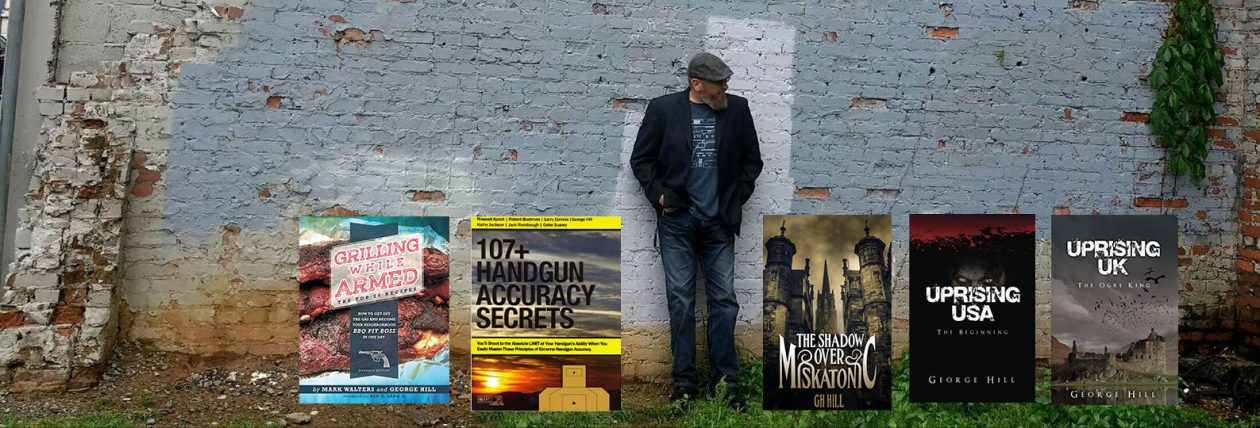“How to crawl Gun Shows.”
To many guys go out to a Big Gun Show, and think they are going to fall on an old under valued classic and flip it for a mint. Guys, just because the gun is old and rusty, doesn’t mean it’s valuable. No, Dillinger did not own that gun.
Guns are a very fickle market. Old guns, even more so. However there are some older guns that if you can find at the right price, you can reliably turn them for a profit. But to do this, you have to know the guns you are looking at… and you have to know the guys looking for them. Old S&W’s are a solid. Old Winchesters are too. The only problem is that everyone knows that. So finding a decent condition gun at a good price is usually the difficult trick. Sometimes you can luck on one, but you can’t bank on stumbling into them with regularity. So you have to look for other classics that have followings… SIG’s, Colt, Savage, Remingtons, (Believe it or not, they didn’t always make model 700’s) Mausers. (Not ever Mauser was WWII, German)
Now, you can’t go around the gun show with a great big copy of a Blue Book. That’s uncool and the dealers will not treat you well. So what you need to do is find a couple groups of guns that interest you, and you need to educate yourself on them in detail. Learn histories, dates, places, and the conditional values. You can’t find everything on the internets… so you are going to have to read books.
When you hit the next gunshow – look only for those guns you know something about. Check conditions carefully. Take some Binos with you. You can use them as a microscope if you look through them backwards holding the ocular lens within an inch. Look for wear marks, pitting, examine markings, and look for things that the gun should have. For example, that S&W 745 IPSC we took in on trade… everything on it was golden save for one thing. It had adjustable sights. It should have had fixed sights. That actually hurts its value off the bat. Unless you find out that yes, it did indeed come from the factory with an adjustable. Then it can help the value. If a gunsmith or a Bubba put the adjustable sight on it – hurt value. That means you have to know the types of adjustable sights S&W had at the time of manufacture to tell if its period correct. Cause a gun in the 80’s, in spite of what the guy at the table in the gun show says – did not ship with night sights from Trijicon. (That’s just an example, nothing to do with the aforementioned Smith)
One you get a handful of guns down pat… your ready to do a major gun show crawl.

+1 on reading up on the market price for your desired gun, and I’d also like to add one more piece of advice: be flexible.
One of the guys I went to my last gun show with was in the market for a military-surplus M1911. But not just any M1911: it had to be manufactured by Colt, issued during WWII, carried by a Marine in the Pacific Theater, and used in action. Surprise surprise, he didn’t find a gun that fit that exact criteria, and the cheapest WWII-era M1911 he found cost north of $1600, which was about $1000 more than he was prepared to spend.
Fortunately (for me and him) I think I’m successfully steering him towards a new Springfield M1911 GI model.
He really thought he was going to get that Veteran Colt for 600? That’s hilarious.
I wish you hadn’t mentioned that you could get him a Springfield G1 for $600!?
I usually go with an amount that I’m willing to spend and see what’s on offer. The prices at shows range from interesting to sell a kidney, but every so often, there’s something that I’ve been wanting. But I’m not buying with the intent of selling later. At a show, I’m looking for the kind of gun that I don’t see regularly at stores.
My gripe is the sellers who have just normal stuff made in the millions that act like they have Stalins personal piece and want to charge you the sky for it.